Who will the New York Jets release to open salary cap space?
According to Spotrac, the New York Jets are currently projected to have $7,945,955 in cap space this offseason, which ranks 18th in the NFL.
The Jets will certainly make moves prior to the opening of free agency to open up more cap space. Some key players from last season will be released.
Who are the strongest candidates to be released? Who might find a way to stick around?
Let’s take a look at the Jets’ cut candidates and rate the likelihood that each one is released.
Not going anywhere
Laken Tomlinson
- 2023 Cap number: $17,360,000
- 2023 Cap savings if released pre-June 1: -$1,160,000
- 2023 Dead money if released pre-June 1: $18,520,000
- 2023 Cap savings if released post-June 1: $3,100,000
- 2023 Dead money if released post-June 1: $14,260,000
- 2024 Dead money if released post-June 1: $4,260,000
Laken Tomlinson is coming off a disastrous year. Unfortunately, the Jets are probably stuck with him for at least one more year.
Releasing Tomlinson prior to June 1 would actually reduce the Jets’ active cap space by $1.16 million. Even if they cut him with a post-June 1 designation, the Jets would still open up a measly $3.1 million in 2023 while pushing $4.26 million in dead money to 2024. No matter how you slice it, it’s a net negative of $1.16 million to release Tomlinson this year.
The Jets will just have to hope that Tomlinson bounces back in 2023. Cutting Tomlinson will be much more feasible for the Jets after 2023, so perhaps the threat of being released will motivate Tomlinson to step up his game. A new offensive line coach could also help, as could a potential new scheme (depending on the offensive coordinator New York decides to hire).
C.J. Uzomah
- 2023 Cap number: $10,321,666
- 2023 Cap savings if released pre-June 1: -$1,321,668
- 2023 Dead money if released pre-June 1: $11,643,334
- 2023 Cap savings if released post-June 1: $999,999
- 2023 Dead money if released post-June 1: $9,321,667
- 2024 Dead money if released post-June 1: $2,321,667
Like Tomlinson, C.J. Uzomah is another swing-and-miss from Joe Douglas’ 2022 free agency class. Also like Tomlinson, the Jets cannot safely escape Uzomah’s deal just yet.
Douglas heavily backloaded Uzomah’s deal – his cap hit was only $3.4 million in 2022. This is the year where Uzomah’s contract really kicks in. Releasing Uzomah this offseason would reduce the Jets’ cap space by $1.32 million. If they cut Uzomah with a post-June 1 designation, they only open up about $1 million in space this year while losing $2.32 million next year. It’s a net negative of $1.32 million either way.
The Jets can reasonably cut ties with Uzomah after 2023, which seems likely unless he has a shockingly amazing 2023 season.
Highly doubtful
C.J. Mosley
- 2023 Cap number: $21,476,000
- 2023 Cap savings if released pre-June 1: $6,572,000
- 2023 Dead money if released pre-June 1: $14,904,000
- 2023 Cap savings if released post-June 1: $17,000,000
- 2023 Dead money if released post-June 1: $4,476,000
- 2024 Dead money if released post-June 1: $10,428,000
The Jets can open up a sizable amount of cap space if they release C.J. Mosley with a post-June 1 designation, but they would still have to eat nearly $15 million in dead money over the next two seasons.
It can be argued that Mosley is overrated by his box-score statistics and accolades – and that’s probably true, as most advanced metrics point to him being a slightly above-average linebacker rather than a great one. But after earning second-team All-Pro honors and serving as a respected team captain throughout the season, the Jets would anger a lot of people in the locker room if they cut Mosley. I doubt the team is considering the option.
A contract restructuring might be on the table, though. Mosley’s team-leading cap hit of $21.5 million is impossible to justify no matter how you slice it. He simply is nowhere near good enough to warrant such a hefty price tag. It’s currently poised to be the largest cap hit among off-ball linebackers in 2023, which is shocking considering Mosley signed this deal four years ago.
The only problem is that Mosley already restructured his contract in September 2022, which was done to open up space in 2022 at the cost of pushing money into the future. This is part of why his 2023 cap hit is so high. The Jets converted $14.88 million of Mosley’s 2022 base salary into a signing bonus while adding two void years to the end of the deal, which runs through 2024.
Essentially, this means the Jets took $14.88 million of Mosley’s 2022 salary and spread it out over five years – $2.976 million per year from 2022 through 2026.
New York probably cannot continue kicking the can down the road with Mosley after already doing it once. Their only feasible option would be to try and get him to reduce his cap hit. The question is, do the Jets even have the leverage to pull that off? We know it’s unlikely the Jets would cut Mosley, so why would Mosley and his agent accept a reduced contract? They’d probably call the Jets’ bluff.
The Jets might be stuck with Mosley’s contract as-is. Heck, even if they release him in 2024, they would still have to eat eight figures of dead money.
Mike Maccagnan is the gift that keeps on giving.
John Franklin-Myers
- 2023 Cap number: $12,400,000
- 2023 Cap savings if released pre-June 1: $5,200,000
- 2023 Dead money if released pre-June 1: $7,200,000
- 2023 Cap savings if released post-June 1: $6,000,000
- 2023 Dead money if released post-June 1: $6,400,000
- 2024 Dead money if released post-June 1: $800,000
The Jets can open a moderate amount of cap space by cutting John Franklin-Myers, but the dead money hit would be similarly large. It hardly matters whether Franklin-Myers is released pre- or post-June 1 since his signing bonus was minimal (the point of post-June 1 cuts is to avoid accelerating future signing bonuses into the current year).
It seems very unlikely the Jets will cut Franklin-Myers. He’s far too good and valuable of a player to be released for a chunk of cap space that would net you the equivalent of a Jacob Martin-type player (i.e. a high-end backup).
Franklin-Myers is a tremendous edge-setter for the Jets’ run defense and he doubles as an above-average pass rusher off the edge. When playing on the interior, his pass-rushing is stellar. Franklin-Myers’ outside/inside versatility is a useful asset for the Jets as they go about constructing their roster. All in all, he is a crucial part of this defensive line.
I would be shocked if anything happened to Franklin-Myers this offseason. He will most likely return on the same contract.
Toss-up
Duane Brown
- 2023 Cap number: $11,281,882
- 2023 Cap savings if released pre-June 1: $6,304,000
- 2023 Dead money if released pre-June 1: $4,977,882
- 2023 Cap savings if released post-June 1: $9,705,882
- 2023 Dead money if released post-June 1: $1,576,000
- 2024 Dead money if released post-June 1: $4,728,000
Duane Brown is 37 years old, battled injuries throughout the entire 2022 season, and did not play well when on the field. He was arguably the most detrimental run-blocker on the team.
Still, Brown’s experience and locker-room presence make him a useful backup, and we know the Jets’ offensive line needs all the depth it can get. With the injury-prone Mekhi Becton poised to enter March as a projected starting tackle, New York could use the security Brown gives them.
Releasing Brown will not be cheap due to a $7.88 million signing bonus that the Jets prorated over five years. They added three void years to a two-year deal. Of that $7.88 million, $6.304 million of it is still owed, so the Jets will be paying it at some point down the line, whether it all comes in 2023 (pre-June 1 cut) or $4.728 million of it is pushed into 2024 (post-June 1 cut).
A post-June 1 cut could make sense for Brown. The Jets would clear nearly $10 million in immediate cap space while eating just $1.6 million in dead money this year. The pain would come in 2024 when the Jets eat $4.7 million in dead money for Brown’s second consecutive season of not being on the roster.
It all depends on how the Jets evaluate Brown’s durability and level of play. If they think he is a high-level backup, I believe he will stick around on this contract. If they view him as nothing more than a replacement-level backup, I think they will swallow the 2024 hit and cut him with a post-June 1 designation to open up a sizable chunk of 2023 cap space.
Corey Davis
- 2023 Cap number: $11,166,668
- 2023 Cap savings if released: $10,500,000
- 2023 Dead money if released: $666,668
From a financial point of view, Corey Davis is the second-most appealing cut candidate on the roster behind Carl Lawson. In the final year of a three-year deal, the Jets can release Davis with almost no dead money while clearing $10.5 million in space.
I’m just not entirely sure the Jets will view it as worthwhile to release Davis. Can they replicate his impact with $10.5 million?
In a booming wide receiver market, Davis’ 2023 cap hit of $11.2 million is reasonable. It is currently poised to rank 30th among wide receivers and will drop quite a few spots down the list once more contracts are signed this offseason.
Just take a look at the 2022 free agency spending spree at the wide receiver position. Mid-tier receivers like Allen Robinson ($15.5M per year), Marquez Valdes-Scantling ($10M), Russell Gage ($10M), and DJ Chark ($10M) signed deals that are similar to Davis’. Those four players combined to average 38.2 receiving yards per game in 2022, which is less than Davis’ mark of 46.7 over two seasons with the Jets. That’s with Davis being hamstrung by Zach Wilson and Joe Flacco.
Davis is properly paid. It’s a toss-up as to whether the Jets would get more impact out of $10.5 million than Davis gives them.
Davis is an elite run-blocker for the wide receiver position and has had a knack for making big plays down the field during his two years in New York. He’s averaging 15.6 yards per reception as a Jet while recording a first down or a touchdown on 77.2% of his receptions. Poor quarterback play and injuries have limited his numbers.
Durability is the primary concern with Davis. He has missed 11 of 34 games over his two seasons with the Jets. If New York cuts ties with Davis, this will likely be the main reason why.
This one is a toss-up. I could see the Jets deeming Davis as worthy of keeping around at his price tag or I could see them taking the savings. I’m not sure a contract restructuring is on the table, as I do believe Davis will be able to fetch a similar contract elsewhere, so I don’t think he would settle for a reduced contract.
I think the deciding factor in Davis’ future will be New York’s offensive coordinator hire. If the new OC likes Davis’ fit in the offense, I think he stays. If not, I think Davis is released and the Jets find a replacement who better fits the new OC’s vision.
Likely
Carl Lawson
- 2023 Cap number: $15,733,334
- 2023 Cap savings if released: $15,400,001
- 2023 Dead money if released: $333,333
Financially speaking, Carl Lawson is by far the most appealing cut candidate on the team. If the Jets released Lawson, they would clear $15.4 million in cap space while eating less than half a million dollars in dead money.
Lawson had a mediocre 2022 season and the Jets have a pipeline of young edge rushers who are ready to step up if he is released. Cutting Lawson is a very appealing move for the Jets.
It’s possible the Jets try to get Lawson back on a reduced contract, as it seems the Jets would have the leverage to do so. Lawson is very unlikely to get over $15 million per year on the open market.
However, considering the Jets’ dearth of cap space, the lack of other cut candidates who come even remotely close to matching the net cap savings that Lawson would yield, and the pipeline of young EDGE talent on the team, I find it highly likely that New York decides it is best to simply release Lawson rather than try to keep him on a restructured deal.
I dove into the Carl Lawson situation in its own article, explaining why releasing him is the best call. But I think this article is an even more convincing case to release Lawson since it puts his contract numbers side-by-side with the Jets’ other cut candidates, emphasizing how much more appealing of a cut candidate he is than any other Jet.
Getting out of Lawson’s contract is by far the Jets’ best avenue to creating the cap space they desperately need.
Jordan Whitehead
- 2023 Cap number: $10,232,500
- 2023 Cap savings if released: $7,250,000
- 2023 Dead money if released: $2,982,500
Jordan Whitehead‘s $10.23 million cap hit is currently set to rank 14th-highest among all safeties in 2023, including seventh-highest among safeties who primarily play in the box.
It seems unlikely the Jets will allow Whitehead to stay around at such a high-ranking price tag after a season where he and Lamarcus Joyner looked like the weak links of the defense on a weekly basis. There are appealing parts of Whitehead’s game, but overall, his weaknesses outweighed his strengths in 2022. He tied for sixth among safeties with 17 missed tackles, per Pro Football Focus. I find it difficult to picture the Jets paying him like a top-15 safety in 2023.
The Jets could attempt to restructure Whitehead’s contract, but considering the lack of easily escapable deals on the team, I think they will likely decide to cut Whitehead. The Jets would clear $7.25 million in cap space while absorbing $2.98 million in dead money. Personally, based on how Whitehead played in 2022, I believe that’s a worthwhile trade-off, but my opinion does not matter in the slightest.
We shall see how the Jets feel about Whitehead. If they think he is a replaceable starter, it seems likely he is released. If they view him as an above-average or good starter, he will stay.
I don’t think the Jets will have any difficulty using $7.3 million on a player who can significantly beat the impact Whitehead provided in 2022. Time will tell if Joe Douglas agrees.
Braxton Berrios
- 2023 Cap number: $8,232,500
- 2023 Cap savings if released: $5,000,000
- 2023 Dead money if released: $3,232,500
Braxton Berrios is the most likely player on the entire team to either be released or restructured. There is no imaginable way Berrios returns with a whopping $8.2 million cap hit after the wildly disappointing season he put forth.
Berrios’ dead money total of $3.2 million makes me think the Jets might try to get him back on a reduced cap number. If they are going to be paying him $3.2 million anyway, I could see them trying to get him to agree on a deal that brings him back at a minimal cost if they love him that much.
However, I think it is more likely the Jets just accept the sunk cost and happily take the $5 million in savings. Berrios was one of the worst wide receivers in the NFL last season and provided no special teams impact to make up for it. After how he played in 2022, it’s questionable whether he is even rosterable on a league-minimum contract. Paying him $3.2 million to go away seems to make more sense than keeping him around at that price or higher.
Let’s just say I would be skeptical of the Jets’ self-scouting capabilities if they do not release Berrios.
Other candidates
These players are also worth mentioning as possible cut candidates who would yield a decent amount of cap space.
The following cap figures would apply regardless of whether the cut is pre- or post-June 1.
- Ashtyn Davis ($2.7M saved / $0.3M dead)
- Bryce Hall ($2.7M saved / $79K dead)
- Braden Mann ($2.7M saved / $44K dead)
- Justin Hardee ($2.4M saved / $0 dead)
Of these, I would say Mann and Hall are the most likely cuts. Davis is a toss-up. The Jets don’t seem to have plans for him on defense, but he emerged as a key special teams player in 2022, specifically as a punt protector.
I doubt Hardee is released. He is regarded as one of the best special teams players in the league and is a team captain. In 2022, Hardee was named a Pro Bowler and was voted to NFLPA’s All-Pro team, which is voted on by players.
Prediction
If I were to predict, here are the cuts I think the Jets will make among the players mentioned in this article:
- Carl Lawson ($15.4M saved)
- Duane Brown, post-June 1 designation ($9.7M)
- Jordan Whitehead ($7.3M)
- Braxton Berrios ($5M)
- Bryce Hall ($2.7M)
- Braden Mann ($2.7M)
These five cuts would clear approximately $42.8 million in 2023 cap space for the Jets, giving them $50.8 million in space according to Spotrac’s current projections. They would eat about $8.2 million of dead money in 2023 and $4.7 million in 2024.
Who do you think the Jets will cut?

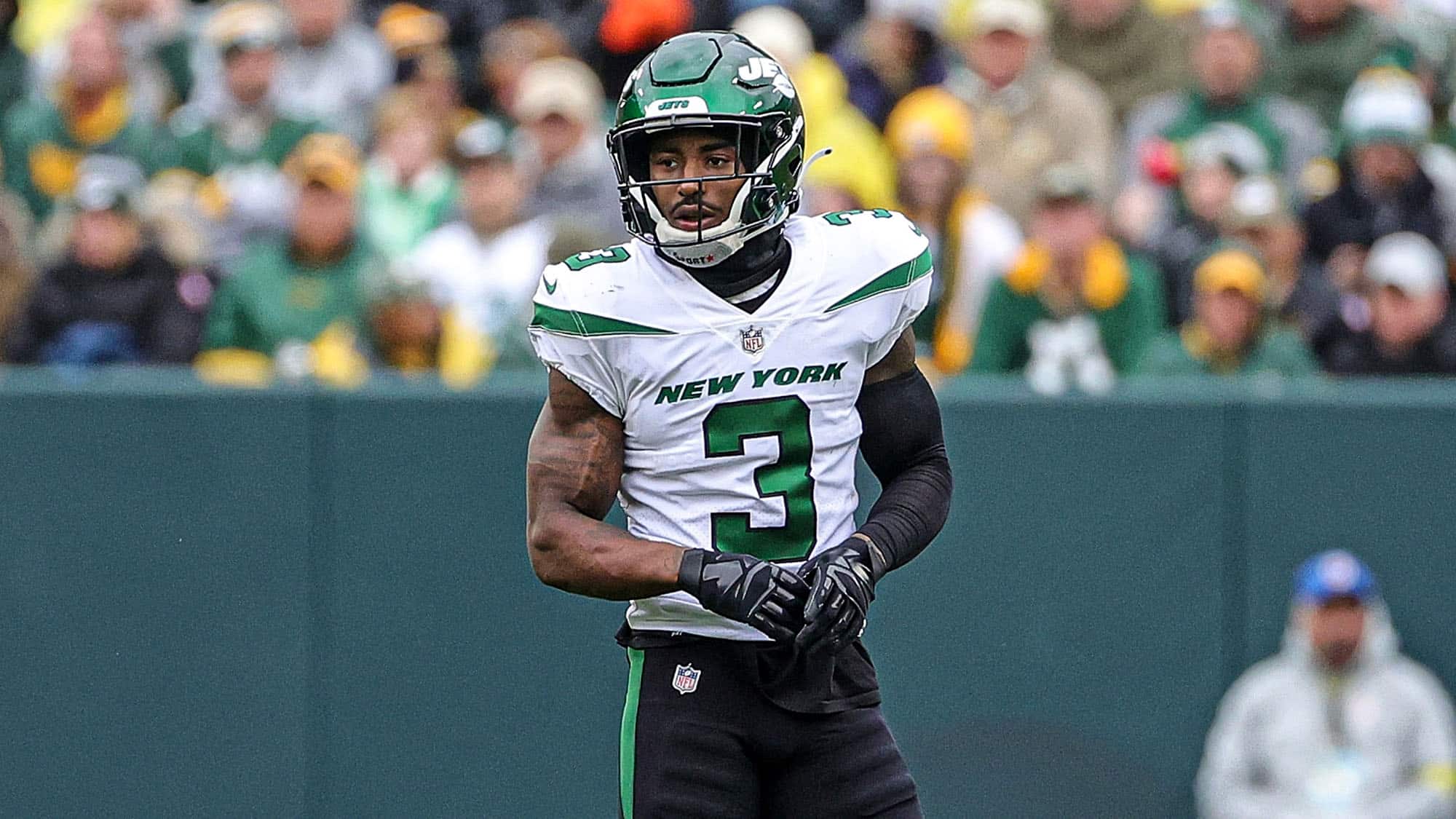
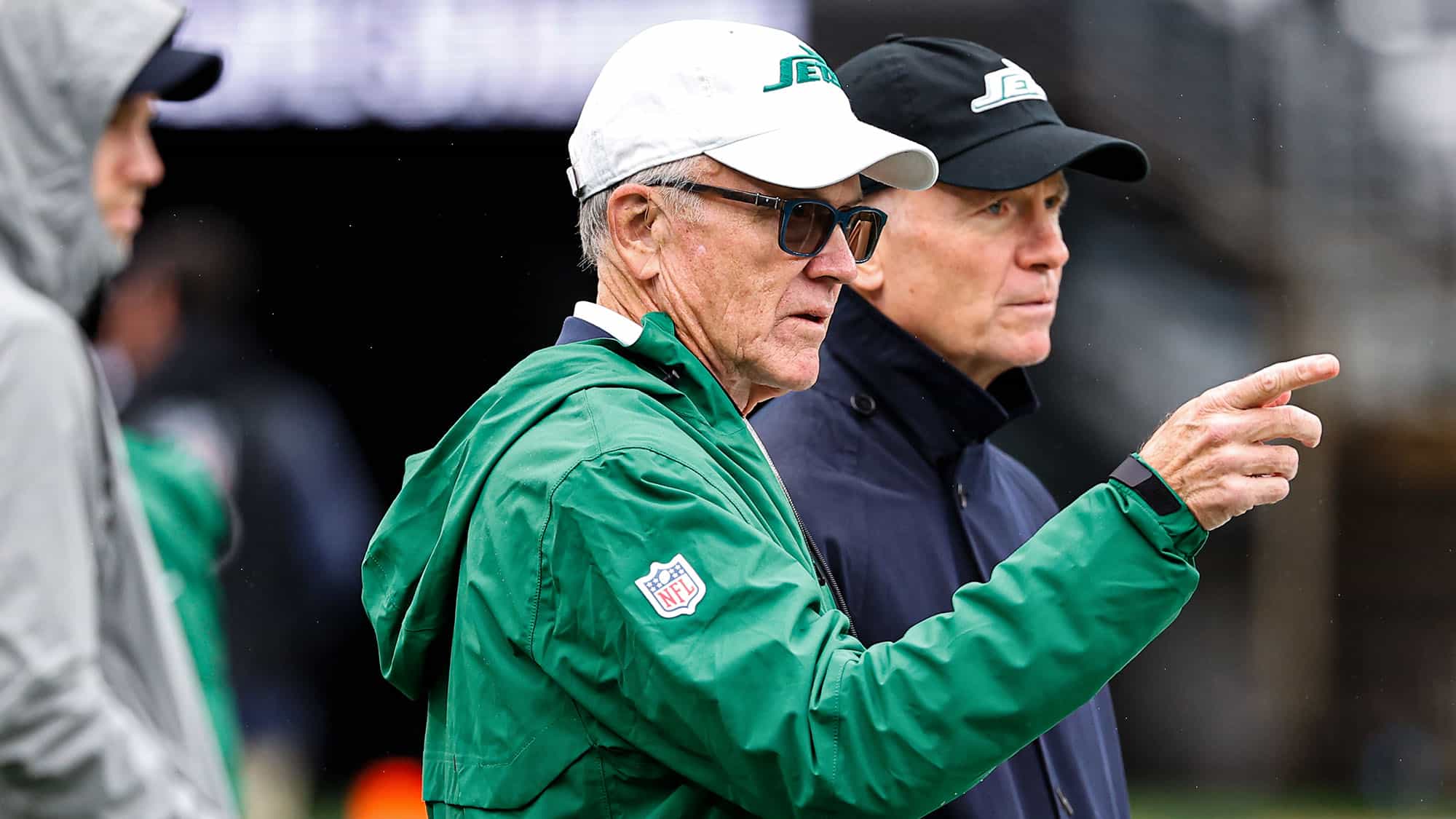

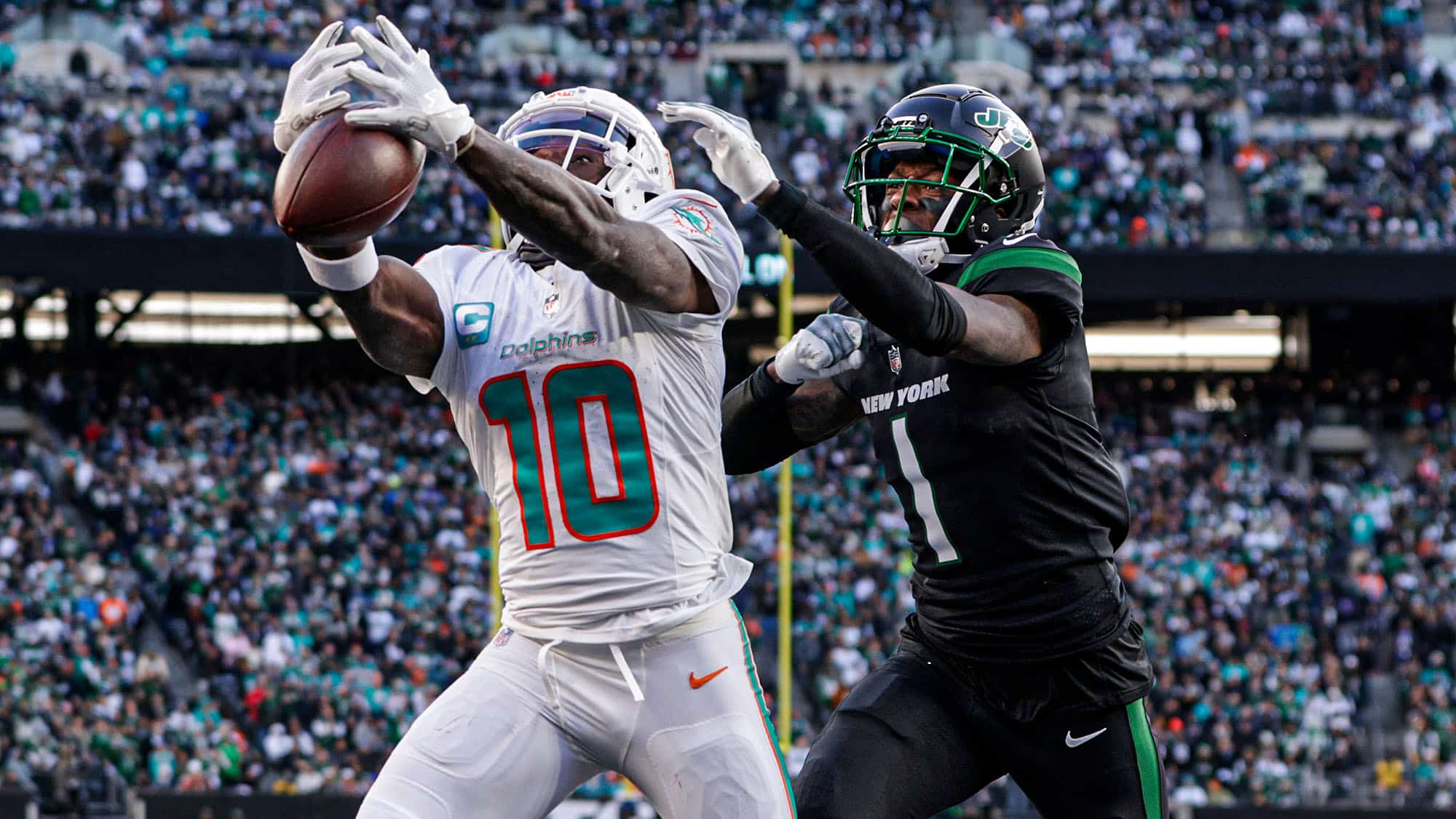


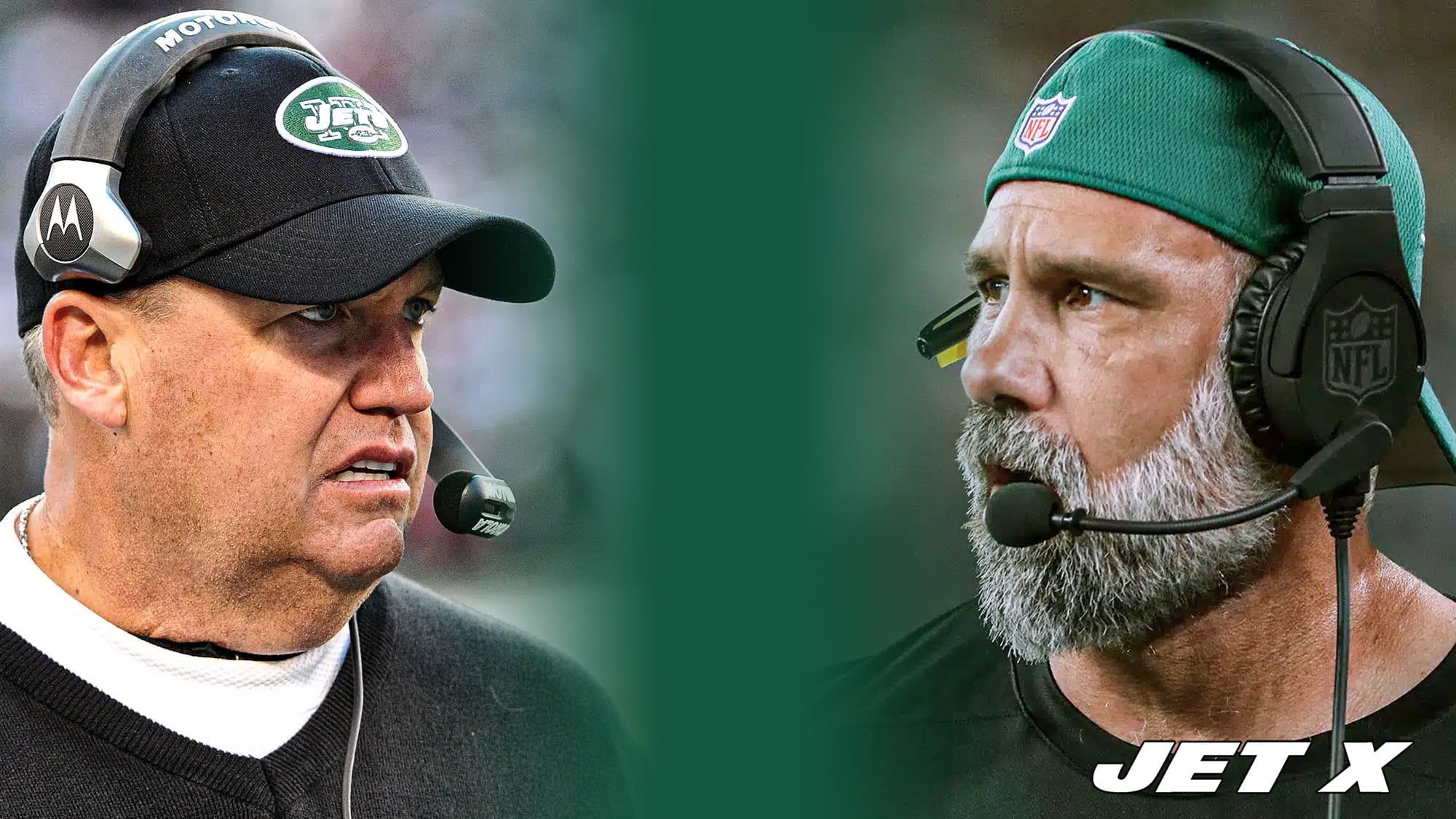


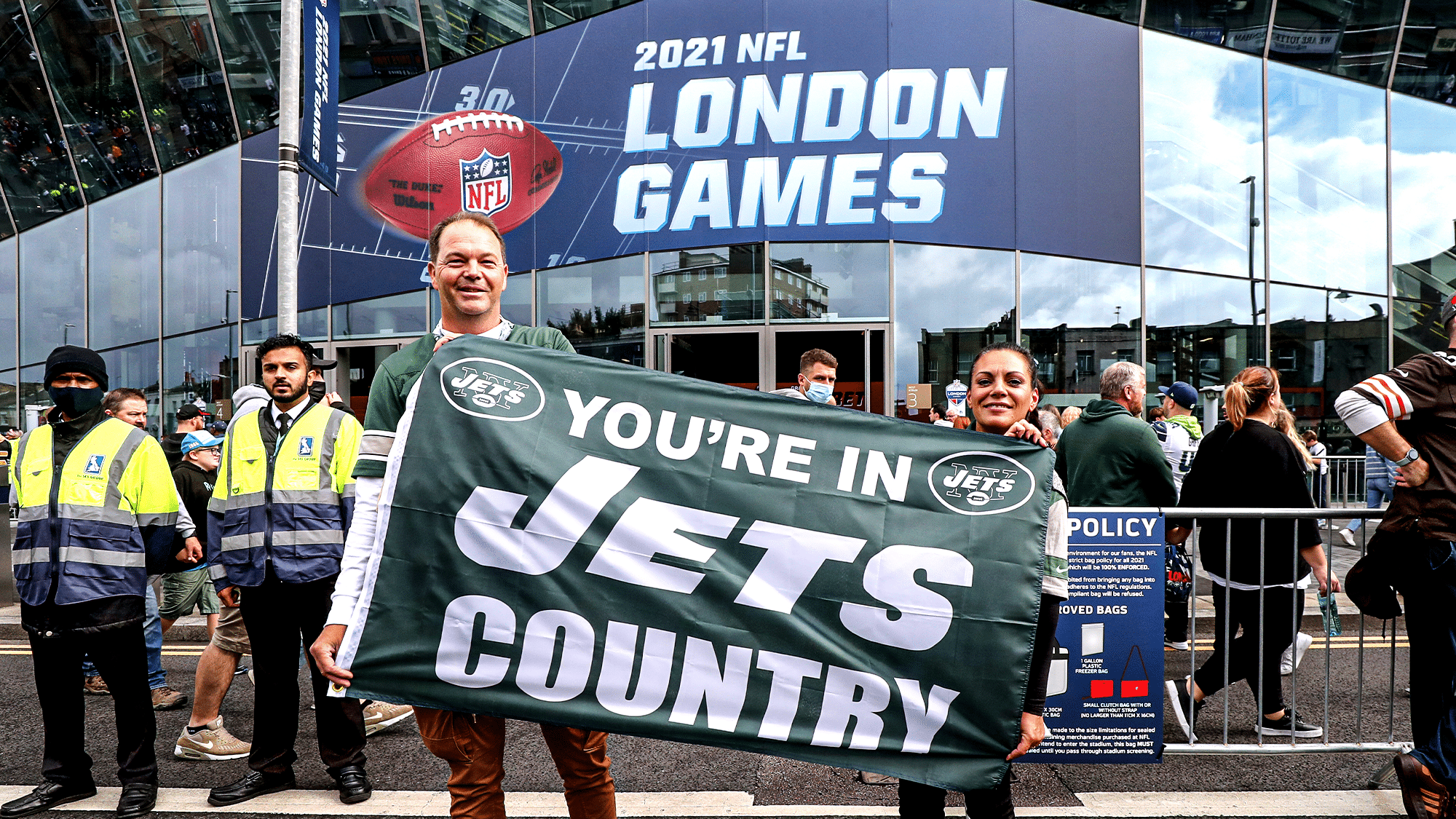
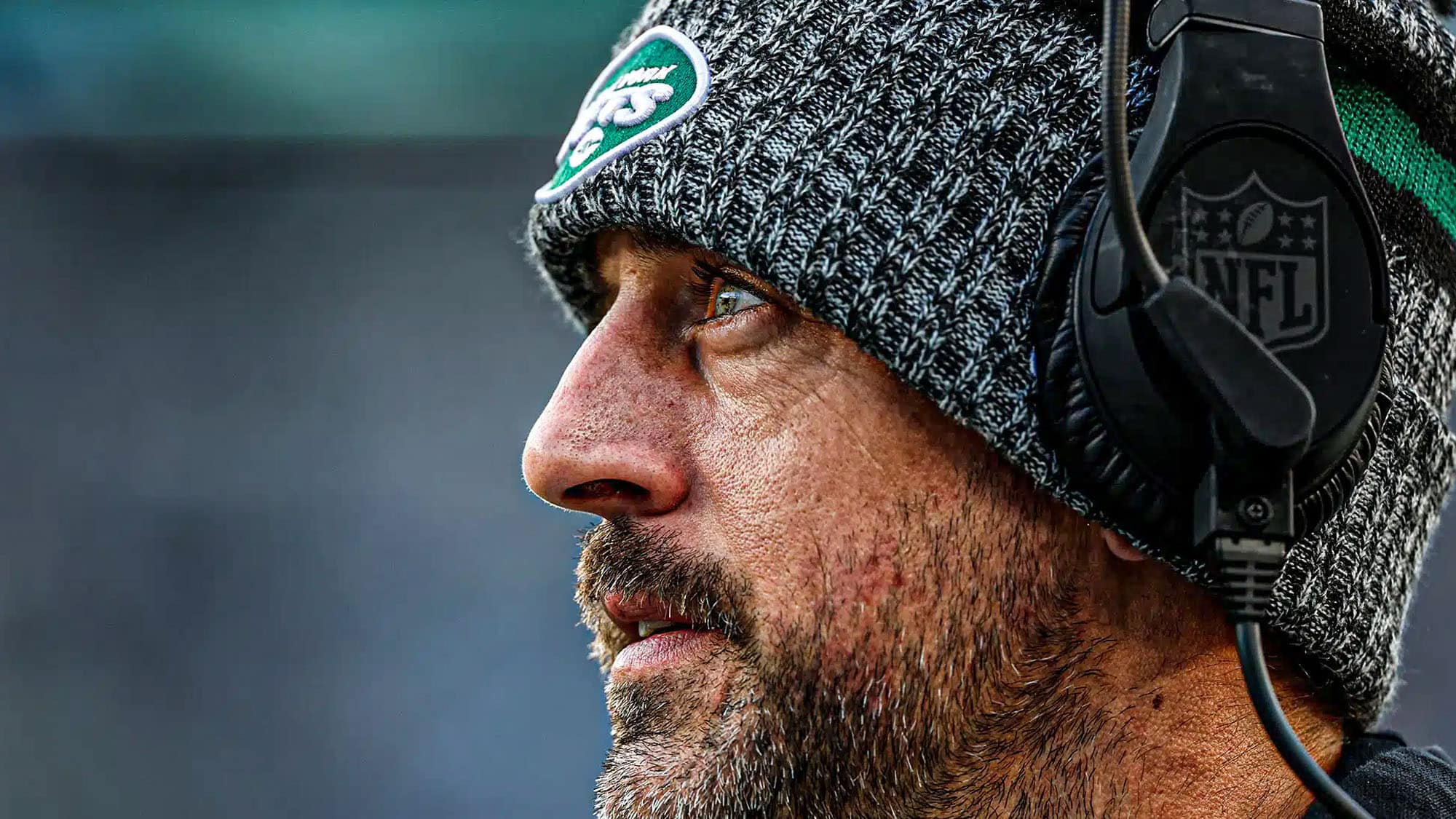
I posted this in the Carr/Lamar article, but I’d offer Las Vegas Elijah Moore and Laken Tomlinson for Carr. We get rid of a malcontent and Tomlinson’s contract, while LV gets a promising WR to pair with Davante Adams and A Guard who despite his issues is still an upgrade for them. I’d keep Davis as replacing him won’t be cheap. Sign Allan Lazard and give Carr Davis, Lazard and G. Wilson to throw to.
Purely from a fans perspective (not necessarily backed up by stats), but I just don’t trust Corey Davis. I don’t think he’s a winner. He has made key drops at crucial points in games when the young QB (whoever it was) was trying to get a rhythm going, or on a big third down play that could sustain a drive. It seems like he is nervous at the beginning of games and settles down later. Between the injuries and drops, he just does not seem dependable, and I would like to see him replaced by a solid and reliable possession receiver, or a true deep threat.
This post just makes me sick. Not a winner..wow.
If they could trade any of the lower tier guys for anything I would. I had higher hopes for Whitehead – thought he’d be better. You know when we cut Berrios he goes directly to NE and is better there than he ever was here.
Even with the cap hits, I’d cut Tomlinson, Uzomah and Mosely if they don’t show improvement in camp. But I agree with you that it is unlikely that Jets Management will do so.
I’d keep Franklin Myers and predict the Jet will too.
I disliked all 4 of those contracts when signed.
I have Brown and C Davis on my bubble list and believe the Jets do as well. Didn’t like the Brown contract as well, but I understood the panic due to the injuries. I predict they both stay or Brown retires with an injury designation from playing hurt all year.
Lawson, Whitehead and Berrios all should be gone, and I believe will be, though I can see Jets doing some type of deal restructure especially on Lawson.
I’d cut A Davis too if I could, but with lack of Safeties on the roster he’ll be with them through camp and someone new will have to outplay him. I predict he stays.
Definitely they should have a punter battle, but I predict Mann stays as they had the opportunity to release him in 2021 with Morstead.
I’d keep Hall for cover on injury or trade. Predict stays.
I’d cut Hardee because of his personal fouls, that he is limited to special teams only, and even with him on the field (but not necessarily responsible), touchdowns happen. I predict he stays.
I think there is a chance they are able to trade Mosely, Uzomah and Hall.
I agree in keeping Hall. I’d like to see if they can convert him to Safety to replace Joyner.
Took your prediction of cuts and added These names to not sign back in free agency. Fant,Flacco,Feeney,Joyner,Thomas,Curry,Ogbuehi,Remmers,Shephard,Bawden,Samia, Nasirildeen,Cager,Johnson,Harris. Grand total of 66.99M saved. Let me know if my numbers are wrong.
Cagers on the Giants but yes. Like this idea.
Cut
Laken Tomlinson
Corey Davis (best ability is availability)
Berrios (he’ll end up staying)
Ashtyn Davis
Braden Mann
Restructure
Duane Brown (that one is tough)
Lawson
Keep
Uzomah
Mosley
JFM
Bryce Hall
Justin Hardee
Bryce Hall stinks and was not even active for most of the season. Take his $2m and be thankful. I agree Laken deserves to be cut but the dead cost isn’t worth the bet, considering he’ll be playing for his next contract, I expect him to bounce back.
I think “stinks” is a bit strong. His first 2 years he seemed to be running right with WRs, but couldn’t get his head turned around in time to make the play. I’d try to convert him to Safety.
I feel Tomlinson has too much dead money so we keep him another year.
Also, Lawson will absolutely be cut because it’s as close to a clean cut as possible.
It’s $15m and iirc we only get hit for about $300k in dead cap.
We have alot of depth and I want to see more Huff and especially JJjr.